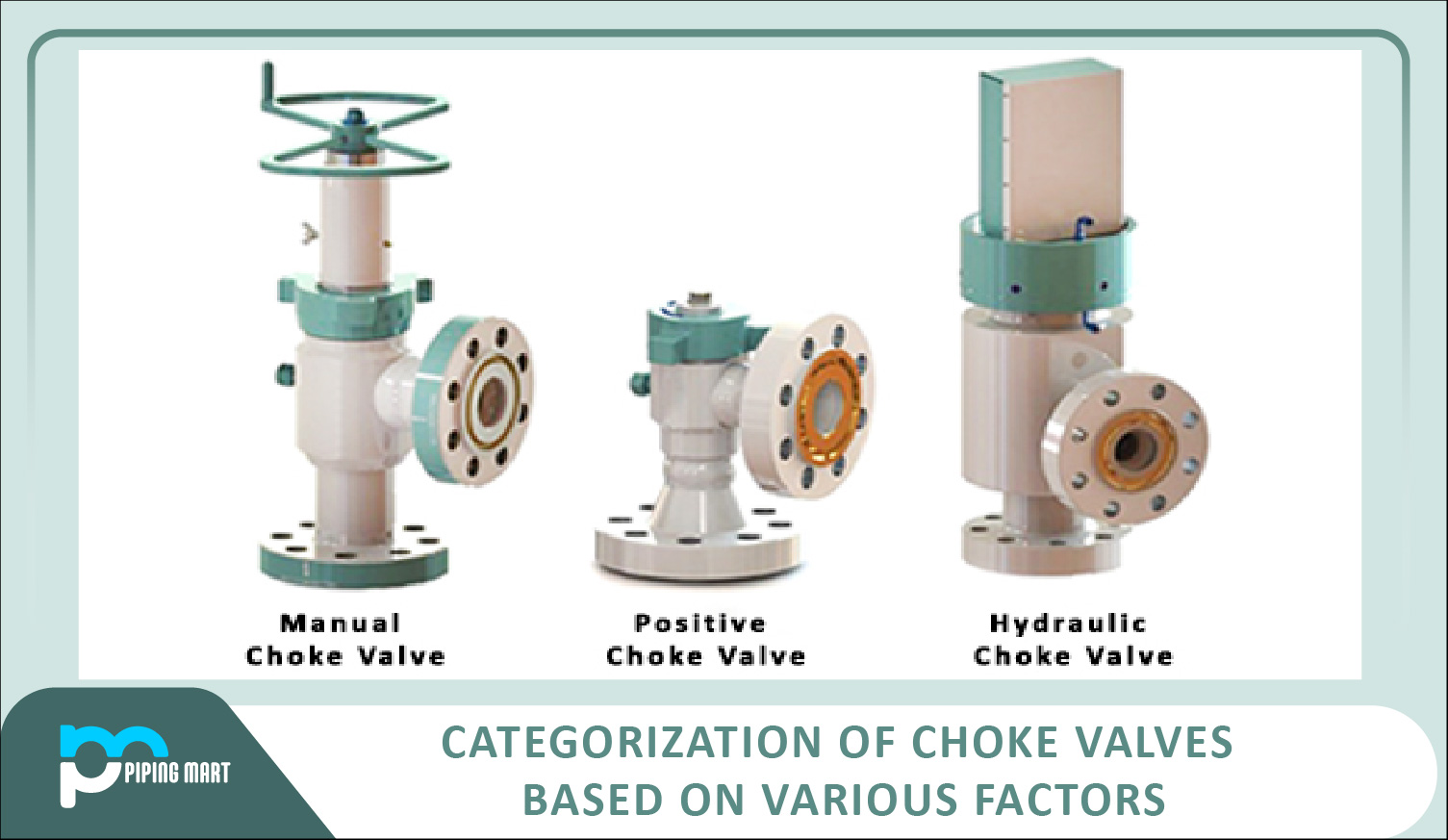A gasket is a functional sealing which fills the gap between two or more joining components, usually to avoid leakage while the attached body is under stress. Gaskets require less than flawless matting surfaces on areas of the system where defects can be filled up. Gaskets are usually made by removing materials from boards. Asbestos can be found in gaskets for particular uses, such as high pressure vapor systems. Nonetheless, non-asbestos gasket fabrics are used where necessary due to safety risks associated with asbestos exposure. It is usually desirable for the gasket to be made from a material that yields to a degree, such that with any slight defects it will bend and fill securely the space it is built with.
A flange leak contributes to drug and energy depletion, often with catastrophic results. No plant operator wants to spill poisonous or dangerous substance which can damage citizens and the ecosystem. The gasket aims to maintain a strong seal and prevent the flange joints from leaking. Tubular gaskets are constructed of different materials. It is important to use the best material to match the specification and the setting in which the gasket is to be used. Respond to ASME B16.5 and contact a credible supplier of the gaskets.
Types of Gaskets in Oil and Gas
O-rings
O-rings are the most common type of gasket and are used in a wide variety of applications. O-rings are made from elastomeric materials, such as rubber or silicone, and are designed to seal two cylindrical surfaces. O-rings are typically used to seal pipes and fittings and can be found in a variety of sizes.
Flat gaskets
Flat gaskets are also made from elastomeric materials and are used to seal flat surfaces, such as those found on flanges. Flat gaskets come in a variety of shapes and sizes, and can be custom cut to meet the needs of a particular application.
Spiral wound gaskets
Spiral wound gaskets are made from a metal strip that is wound around a soft filler material. The filler material can be made from a variety of materials, such as asbestos or graphite. Spiral wound gaskets are used in high-pressure applications, such as those found in the oil and gas industry.
Metal jacketed gaskets
Metal jacketed gaskets are similar to spiral wound gaskets, but they have a metal outer layer that helps to distribute the load evenly across the surface of the gasket. Metal jacketed gaskets are often used in applications where there is a high degree of thermal cycling, such as in steam lines.
Kammprofile gaskets
Kammprofile gaskets are made from a metal strip that has been formed into a series of ridges and valleys. The ridges and valleys create a seal when the gasket is compressed between two surfaces. Kammprofile gaskets are often used in high-pressure applications, such as those found in the oil and gas industry
Types of Materials Used in Gaskets
Non-metallic
This may be produced from CNAF (Non-asbestos Fiber Compresses), PTFE, Leather, Teflon, or Graphite. With low voltage bolting, non-metallic gaskets will compact quickly. They are commonly used in low pressure and low temperature applications. Another exception is graphite gaskets, which can be used up to 460 degrees centigrade for temperatures. Gum and elastomer gaskets are not found in pipelines intended for hydrocarbon export
Metallic Gaskets
Aluminum is used in high-pressure applications for ring form joints, such as processing of oil and gas supplies. We protect the compressive forces through an initial contact line or a wedging motion. Steel ring style gaskets are accessible with the cross parts oval and octagonal. Octagonal contains the type BX equipped for sealing pressure up to 20,000 psi, according to the pressure levels of API 6A.
Composite Gaskets
Composite gaskets are a combination of metal and non-metal materials, depending on operation. Spiral burn, Metal jacketed, and Kamm profile gasket are well recognized in the group of composite gasket. They are used in a broad variety of facilities to demand and temperature. Composite gaskets are cost-effective in comparison to metal gaskets but need to be treated with caution
Gasket Configurations
–Full Face: As the name suggests, these shape the entire front of the flange and include the bolt holes. We can be seen even with absolute facial flanges.
–IBC: (Inner Bolt Circle): Commonly seen on flanges raised from the nose. The RF flange concentrates further weight on a narrower region of the gasket and thereby improves the joint’s pressure control capacity.
–RTJ: Metal Ring type joint gaskets.
Choosing the correct gasket is only one of the considerations that can ensure mutual dignity. There are also periods of bolt friction and stretching and the flange end. If the finish is rough, bruised, or dented on the flange face then the chance of leakage is very high. Also a flange surface can be dented or damaged at the design stage of modern pipelines. Fortunately, a flange faced tool will remedy this. Such devices are usable as much as 3 meters or more with the smallest of flanges up to large diameters.

Pipingmart is B2B portal specializes in industrial, metal and piping products. Also, share latest information and news related to products, materials and different types grades to help business dealing in this industry.




